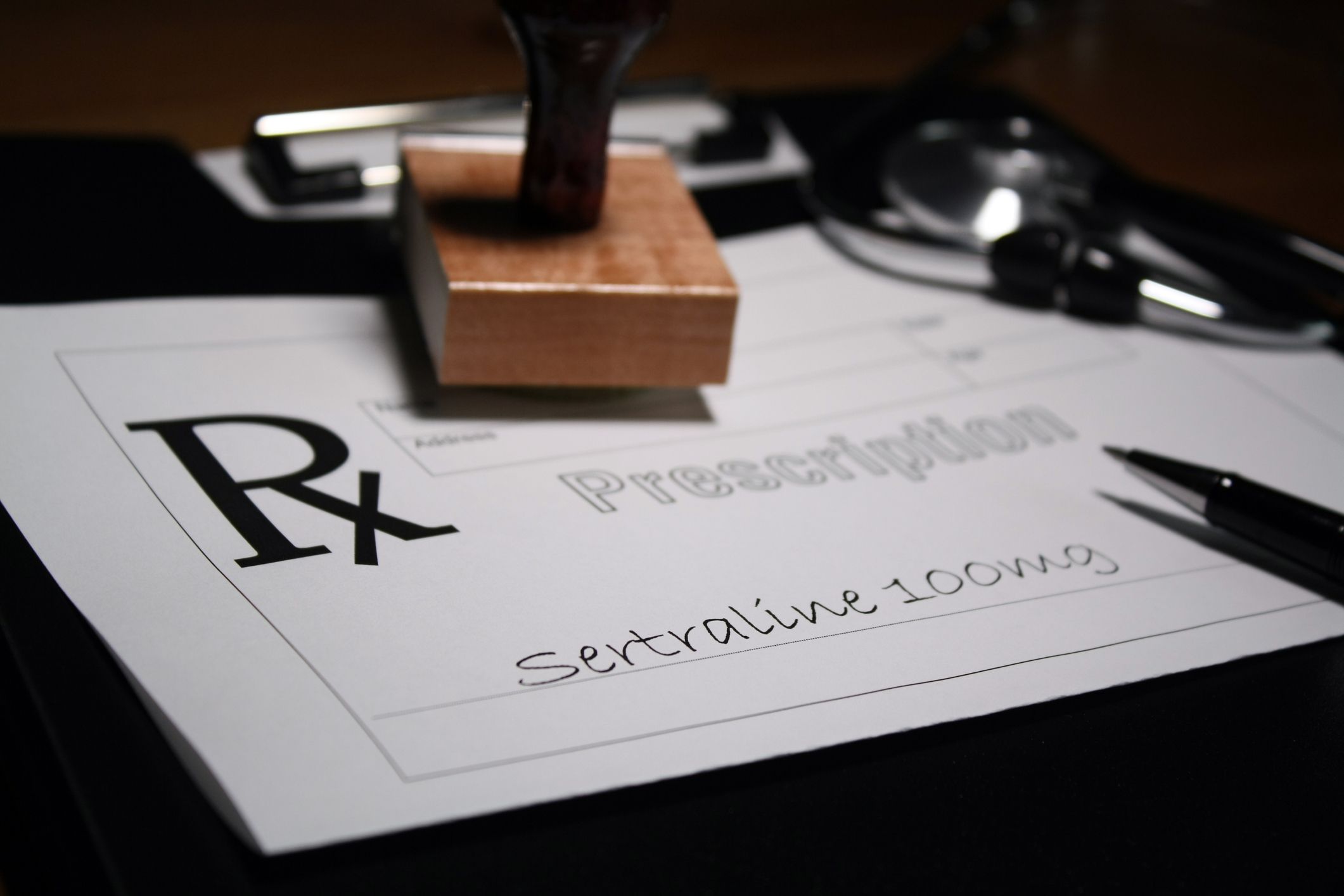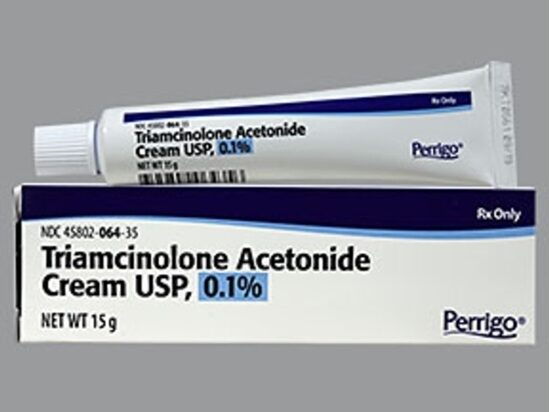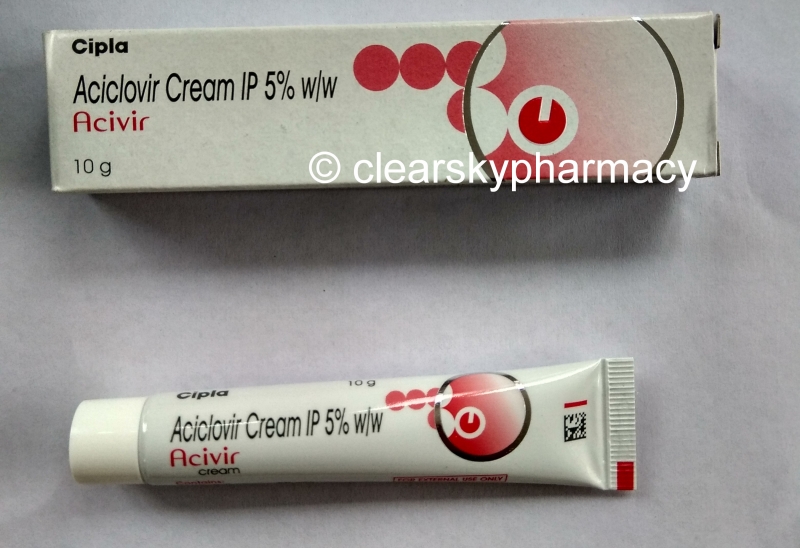

Here are examples of oral medications for vitiligo: These can have more serious side effects, so they’re only used in more advanced cases for a short period of time. If your vitiligo continues to get worse despite using other treatments, you may be able to take stronger medications in pill form. Other non-topical treatments for vitiligo
#METAZ OINTMENT USES SKIN#
Some popular vitiligo creams people use to match healthy skin include: This may be because they don’t want treatment or treatments didn’t work. Some people decide to cover their vitiligo spots so they blend in with unaffected skin. Topical calcineurin inhibitors, like tacrolimus (Protopic) and pimecrolimus (Elidel), also lower the immune system but have fewer side effects than steroids. A topical steroid cream, like fluticasone or mometasone, combined with calcipotriene also works better than calcipotriene alone. Vitamin D3 analogs, like calcipotriene 0.005% cream (Dovonex), regulate skin cell production and proliferation. This means people often use them alone or in combination with steroids, especially in sensitive areas like the face. Nonsteroid prescription lotions that work for vitiligo don’t cause as many side effects as steroid creams. To help lower this risk, you can combine steroids with other nonsteroid prescription creams.Įxamples of steroid creams include fluticasone (Cutivate) and mometasone (Elocon).

So you may use weaker ones on sensitive areas like the face or skin folds. But using topical steroids for too long can have side effects, like skin thinning. Moderate-strength to high-strength topical steroids are usually the best option to treat localized vitiligo. Here are some of the most common creams and lotions for vitiligo treatment. Depending on your situation, you may combine one or more of these lotions to treat vitiligo. Others allow people to cover vitiligo spots. Some of them are prescription lotions that help lower the immune response.

Vitiligo lotionsĬreams and lotions are a common treatment for vitiligo spots that aren’t that large. Let’s take a deeper look at the studies and the most effective treatments for vitiligo. Steroid pills and lasers are an option when the vitiligo is more severe. Prescription topical treatments, like steroid creams, are generally the first approach. The treatment you use depends on a few things, including how much vitiligo you have and where it is on your body. Many different vitiligo treatments can help with repigmentation (when vitiligo spots get their normal color back). What are the best treatments for vitiligo? As you can imagine, it can be devastating for folks who are affected. Vitiligo usually peaks in your 20s or 30s, and it can be associated with other autoimmune diseases. An autoimmune process directed against the melanocytes (the cells that make the skin pigment, or color) results in patches of skin with less pigment than usual. Vitiligo is a disease that causes patches of different color on the skin. Here’s a look at some of the most effective vitiligo treatments. Options range from lotions to light therapy and lasers. While there’s no cure, there are several treatment approaches.

Vitiligo can be a difficult condition to deal with.


 0 kommentar(er)
0 kommentar(er)
